PROTECT YOUR DNA WITH QUANTUM TECHNOLOGY
Orgo-Life the new way to the future Advertising by AdpathwaySnapdragons offer outstanding performance in cool temperatures, flowering even through frost. They are full of nostalgic charm with colorful, bloom-packed spikes. The tubular flowers are a bumblebee favorite, too, where they wriggle to reach pollen centers in the dragon’s soft, snapping “jaws.”
Versatile in the arrangement, snaps provide vertical interest as bedding accents, mass plantings, container features, and window box displays. With varying heights and bloom times, there’s a snapdragon for every garden. They also make a lovely cut flower, scrumptious in a bouquet, and are edible as a pretty garnish on platters and desserts.
Snapdragons grow and flower best in the cool conditions of spring and fall. In areas with mild winters, they’ll bloom from fall to spring. In colder climates, snapdragons flower from spring through fall.
Growing snapdragons from seed gives the most selection, including heirlooms, and lets us grow them in numbers economically. They reseed in optimal conditions, naturally dropping and scattering for germination the following spring.
With easy sowing, it’s worth it to collect snapdragon seeds to propagate a favorite heirloom or celebrate another season in ruffled color.
Tall Maximum Blend Snapdragon

Tall Maximum Blend Snapdragon Seeds
Magic Carpet Blend Snapdragon

Magic Carpet Blend Snapdragon Seeds
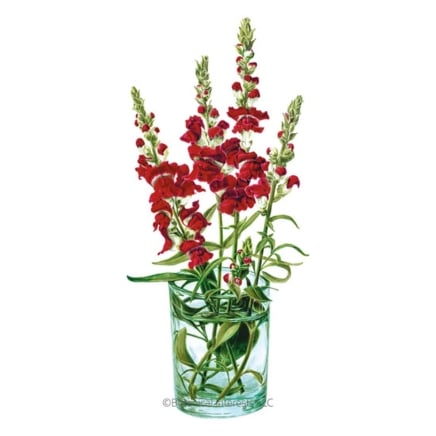
Night and Day Snapdragon Seeds
Growing Snapdragons from Seed
 Seeds from heirlooms often mirror the parent’s colors.
Seeds from heirlooms often mirror the parent’s colors.Snapdragons are short-lived, tender perennials that are hardy in USDA zones 7 and higher (and sometimes lower with protection). Many of us grow them as annuals (especially in areas with hot summers) to brighten the cool season with their jewel-toned spires. They prefer cool temperatures, performing best with lows near 40°F (4°C) and highs below 75°F (24°C).
Snapdragons are available in a range of heights categorized as tall, intermediate, short, and dwarf, making them a fit across garden spaces. While exceptionally tall varieties may benefit from staking or the support of lower plants, the spires are otherwise self-supporting.
Optimal growing conditions for Antirrhinum majus include:
- Full sun to partial shade
- Organically rich, well-draining soils
- Even moisture
- A neutral soil pH (6.0-7.0)
- 65-75°F (18-24°C) for the best growth
- Cold stratification for seeds
It’s rewarding to grow such striking flowers from seed, and even more so from those tailored to our own garden conditions. Collect snapdragon seeds from the most vigorous of the group to store for sowing in spring.
Seeds collected from some snapdragons, especially hybrids, may not show the same characteristics as the parent plant. They may not be true to type, and you’ll get a surprise color. Heirlooms are more stable, and seeds are likely to look like the parent variety.
Collecting Seeds
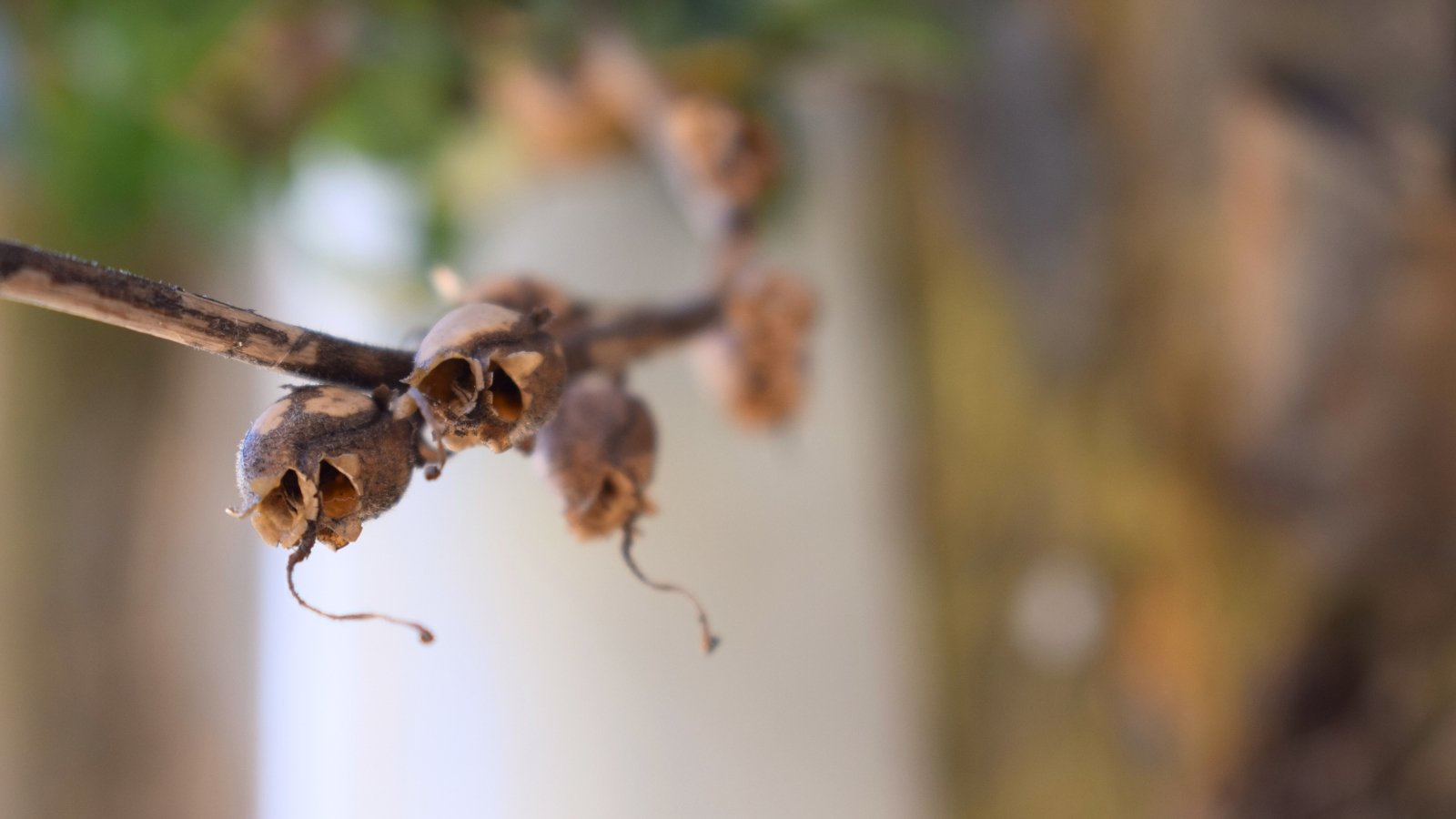 Dry pods rattle softly when seeds are ready.
Dry pods rattle softly when seeds are ready.As blooms fade along their stalks, seeds develop in their place. To collect and store snapdragon seeds, keep an eye on drying and dropping blooms.
With deadheading during the growing season, snapdragons produce more flowers (and it prevents reseeding). By removing spent blooms, plants don’t direct energy into seed production and instead keep flowering. To plan for seed collection, skip deadheading mid-season for seed development.
When to Collect Snapdragon Seeds
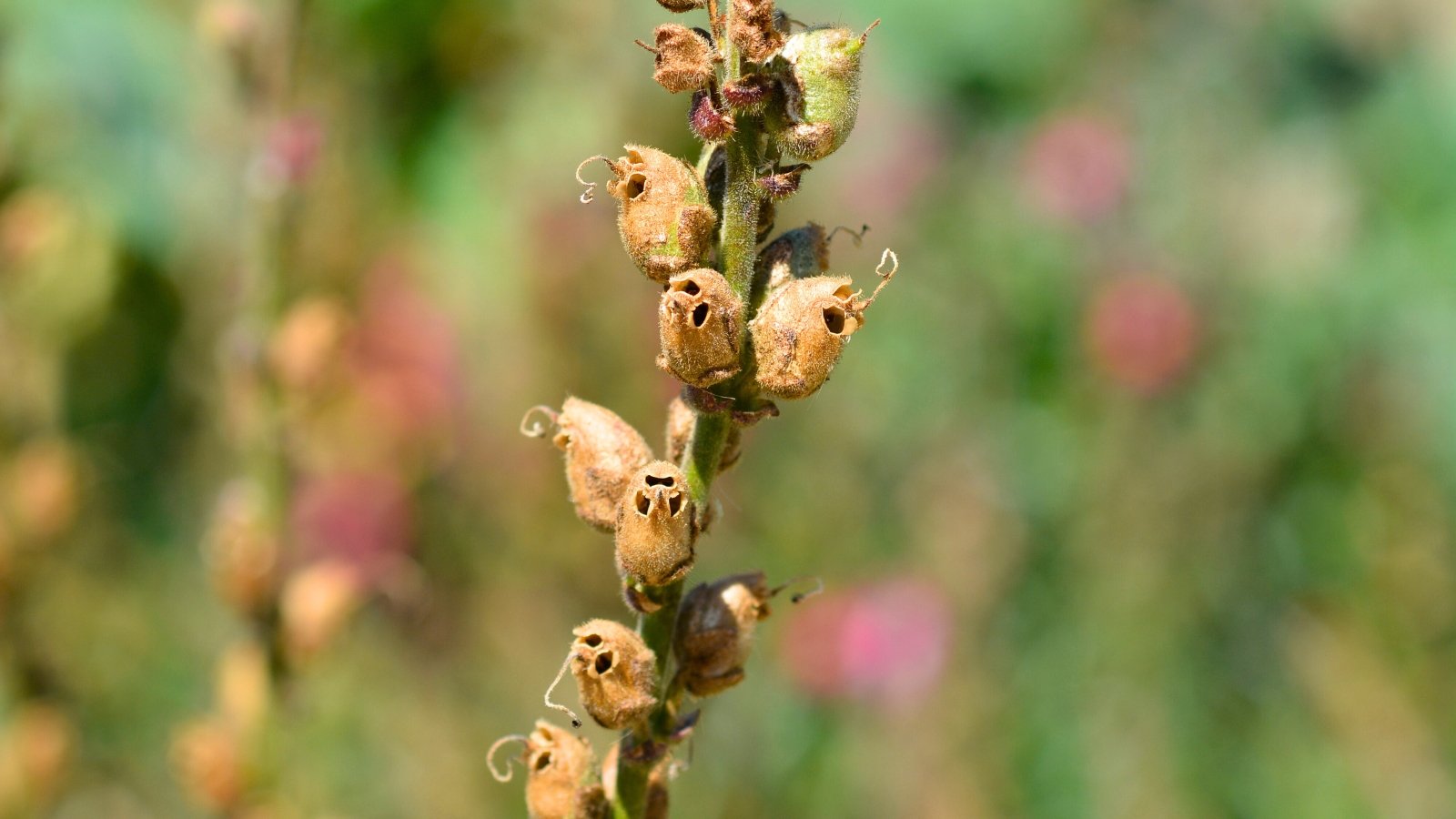 Tiny seeds mature inside pods that dry to brown.
Tiny seeds mature inside pods that dry to brown.As blooms wither, rounded green seed pods emerge along the stem. The pod holds tiny seeds, which mature as the plant material dries. Seed development depends on your climate and active growing season, and whether you’ll harvest in summer/fall (cold climates) or winter/spring (warm growing areas).
When the pod is dry and brown, it snaps off easily for cracking open to disperse the inner seeds. The dry hull twists off the stem and cracks easily.
How to Collect Snapdragon Seeds
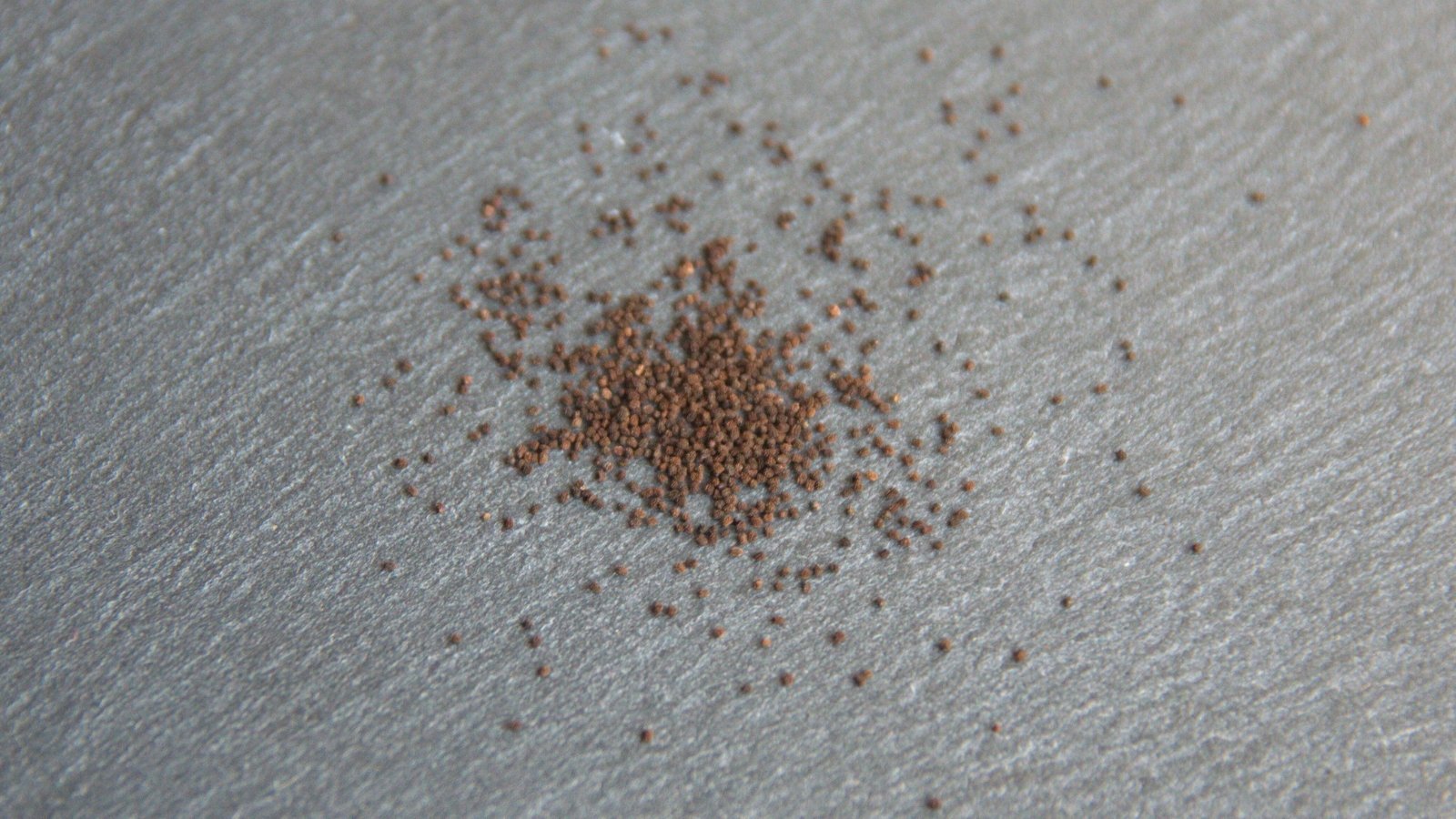 Seeds spill neatly when pods are opened over paper.
Seeds spill neatly when pods are opened over paper.With brown pods in place, clip or pinch off the entire stem. Crack open the pods with your fingertips. Because the seeds are so tiny, it helps to open the outer shell over a piece of paper, a tray, or a small paper bag for capture.
Try to separate most of the hull material from the seeds, and keep them on the tray or paper to dry for 24 hours. Once dry, they can be set aside for storage.
Storing
 Paper envelopes keep seeds dry until next planting.
Paper envelopes keep seeds dry until next planting.Once dry, save the seeds in an envelope, paper bag, or airtight container in a cool, dry, dark space. They’ll be ready to sow in fall or spring and store for about one year.
Sowing
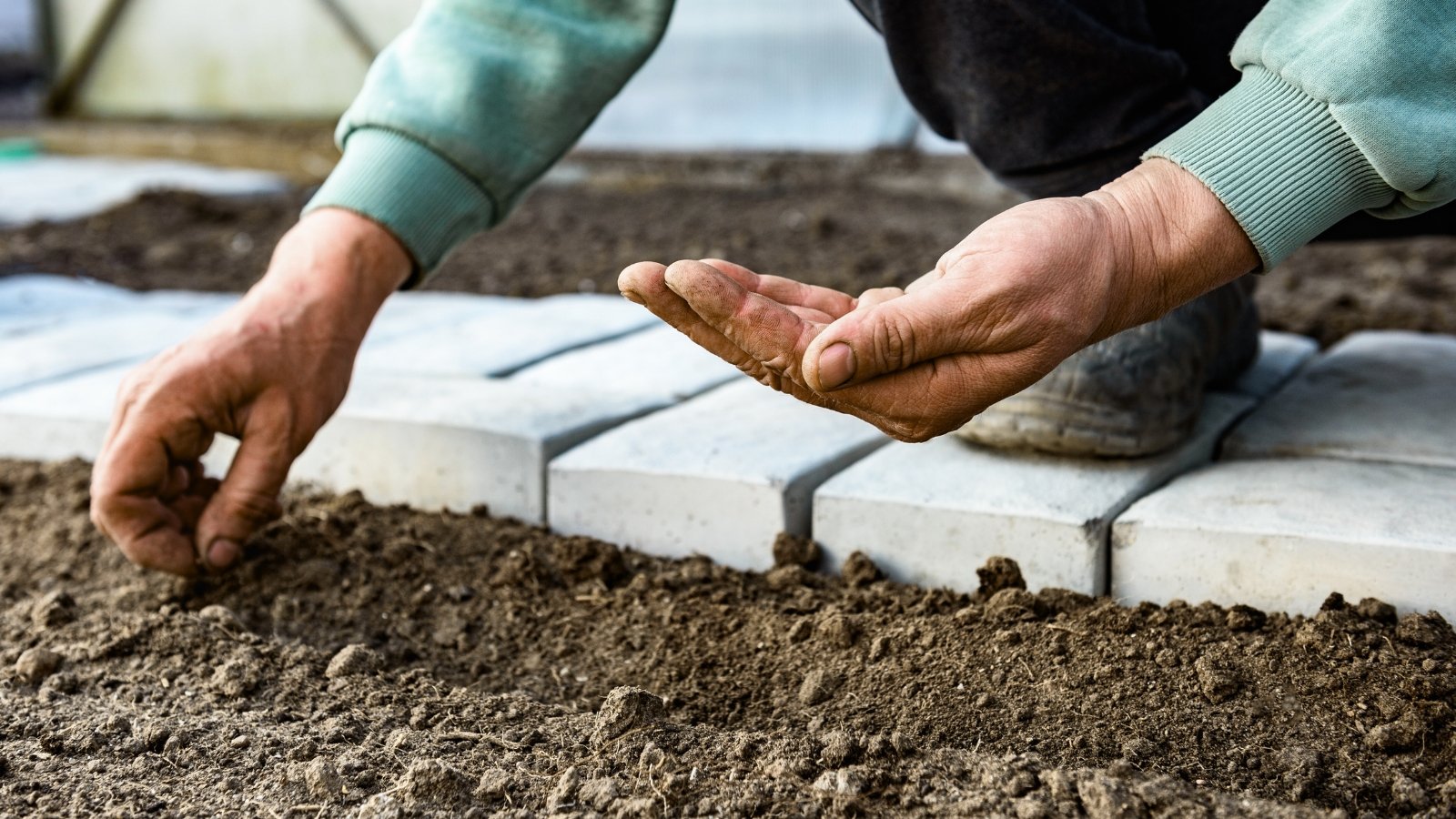 Germination usually happens within two weeks after sowing.
Germination usually happens within two weeks after sowing.Despite their minuscule size, snapdragon seeds are easy to sow because they require light to germinate, staying near the soil surface. Direct sow or start them indoors, scattering on the soil surface. Sprouts typically emerge within 10 to 15 days of sowing.
Cold Stratification
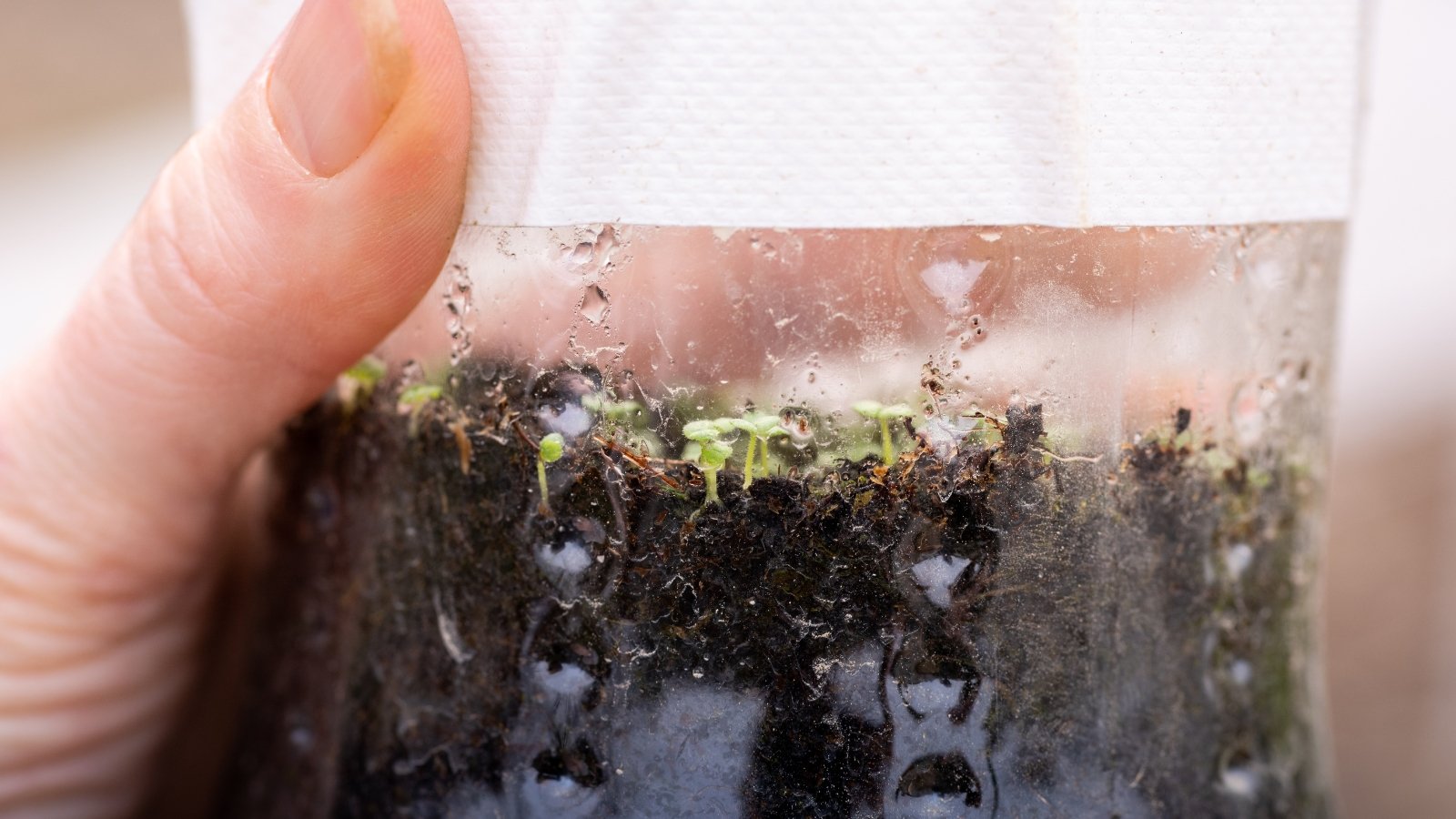 Cool trays or outdoor containers provide natural stratification time.
Cool trays or outdoor containers provide natural stratification time.Snapdragon seeds benefit from cold stratification, and exposure to temperatures near 40°F (4°C) for an extended period supports germination. Direct sowing in cool weather grants this chill time naturally, and germination occurs as conditions warrant in warming temperatures.
To cold stratify snapdragons before starting seeds indoors, or to accelerate the process, refrigerate the seeds in a bowl of water for three to five days before sowing. Or, plant them in trays, cells, or pots and store them in a cool space (40-47°F or 4-8°C) for the same length of time. You can also place the trays outside in cool weather for natural exposure (8 to 10 weeks ahead of spring’s first frost).
When to Sow
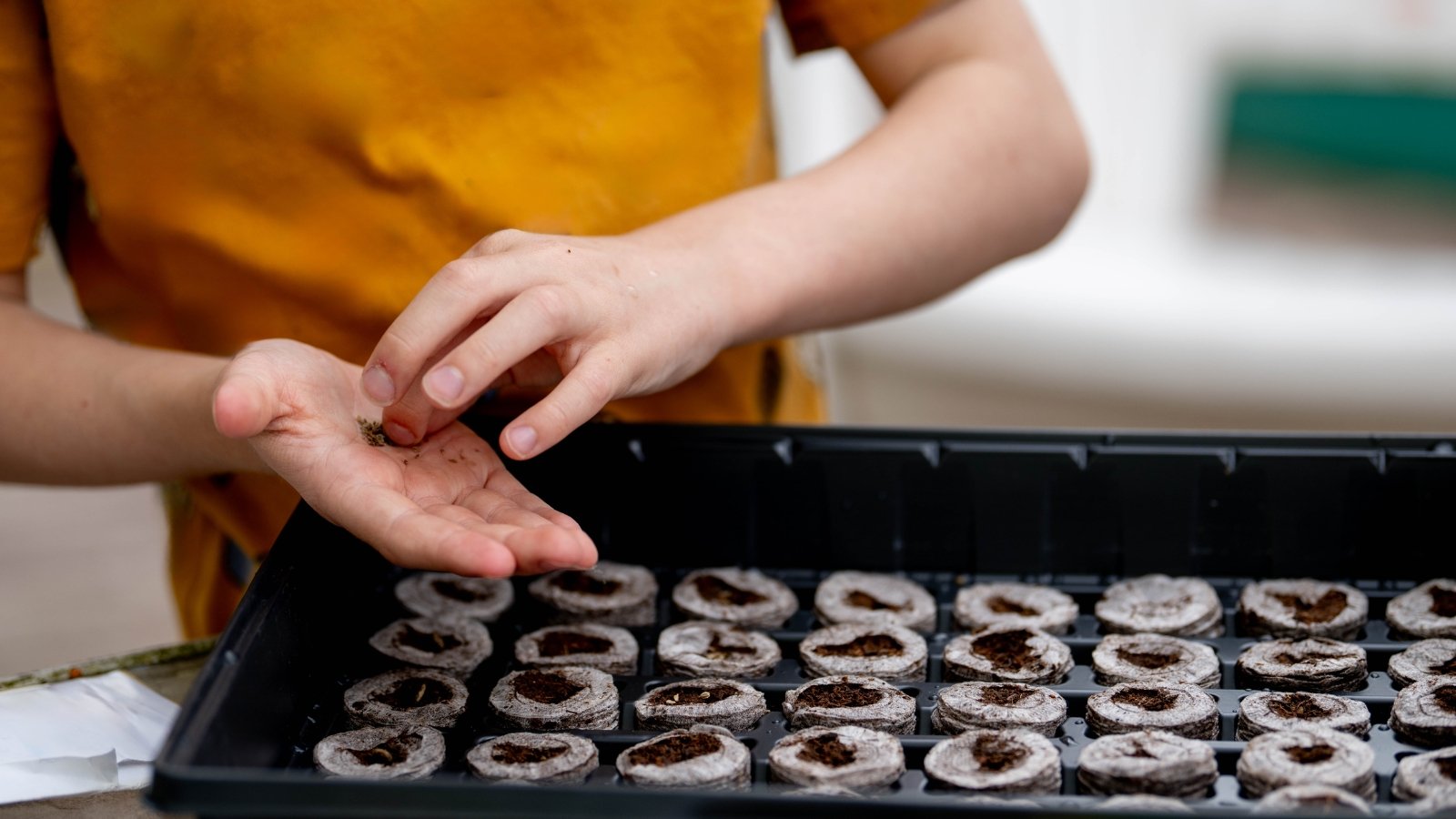 Indoor sowing gives seedlings a head start easily.
Indoor sowing gives seedlings a head start easily.In cold climates, aim to direct sow outdoors four to six weeks before spring’s final frost, or as soon as soil is workable. To get a jumpstart on growth, start them indoors 8 to 10 weeks before the last frost. In warm zones (zone 7 and higher), sow them in late summer and early fall for a winter and spring display.
How to Sow
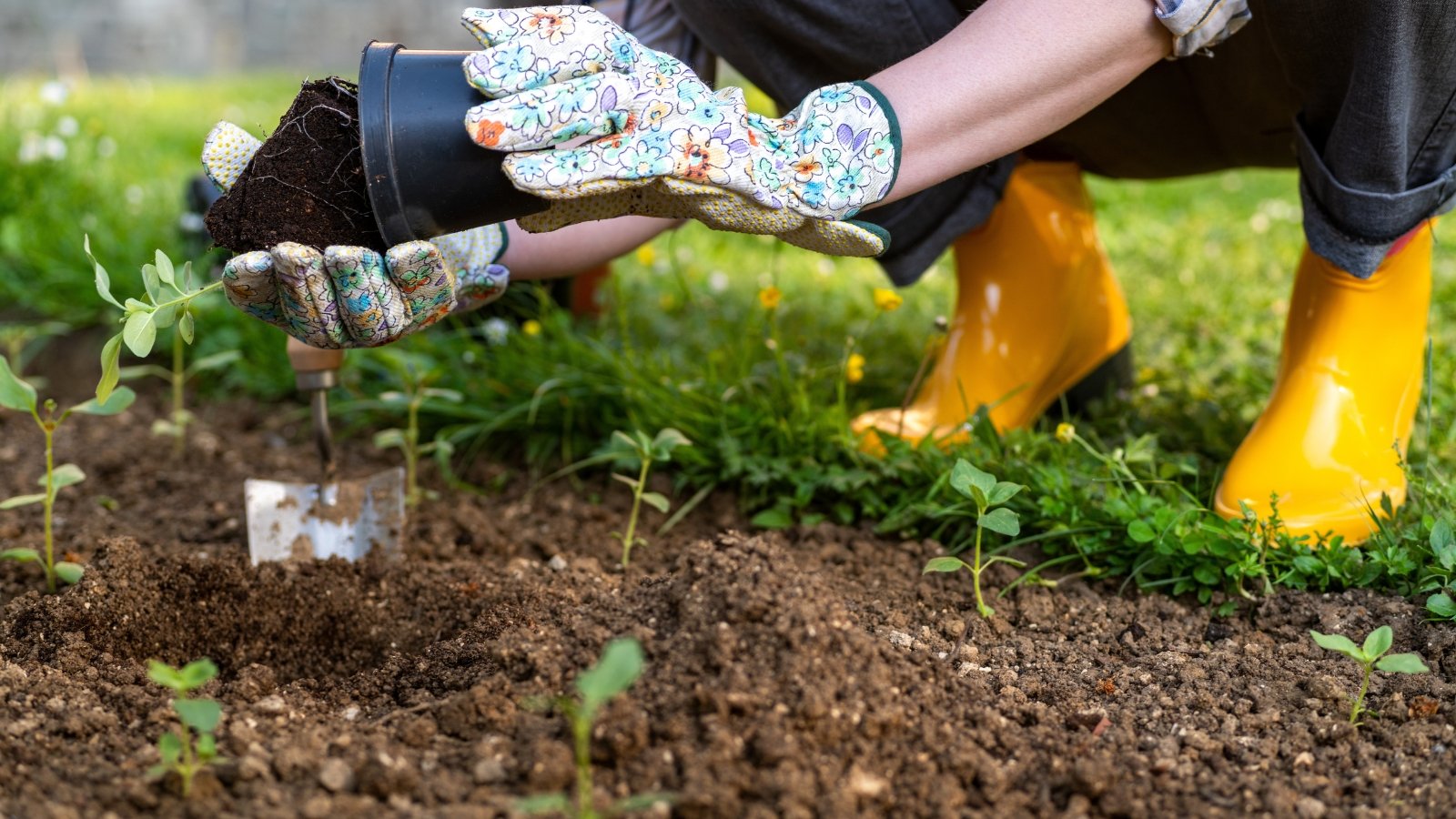 Transplant starts after frost for best results.
Transplant starts after frost for best results.Outdoors, a spacing of 12 inches allows ample airflow and room for mature growth. Sow a group of three seeds one foot apart. When seedlings reach ½ inch tall, thin them to one seedling per foot. Keep soils evenly moist, but not soggy, through development.
For indoor seed-starting, plant the seeds in cell trays or three-inch pots at the soil surface. Thin any crowded seedlings by clipping them at the base of the stem when they reach ½ inch tall.
Place the trays in a warm, bright spot like a sunny windowsill. Keep the soil evenly moist (the surface shouldn’t be dry to the touch). Water from the bottom or mist to avoid displacing the seeds.
Transplant indoor starts after spring’s final frost, or earlier if using row covers to protect tender seedlings.
Pinching
 Removing tips encourages side shoots and fuller plants.
Removing tips encourages side shoots and fuller plants.To promote side branching for a bushy form and more blooms, pinch the tip of the seedlings when they develop six leaves. Pinch the growth point (tip of the stem) back to half its size. This delays flowering by a few weeks but increases the number of blooms on sturdy stems.
Popular Varieties
With so many to choose from, there’s a rainbow of options when it comes to snapdragon varieties to grow from seed. Use them to fill the middle or front of the border, or to thrill in cool-season containers. Pair them with other seasonal annuals like pansies and violas, and showy leafy greens like Swiss chard, ornamental cabbage, and kale.
‘Tall Maximum Blend’
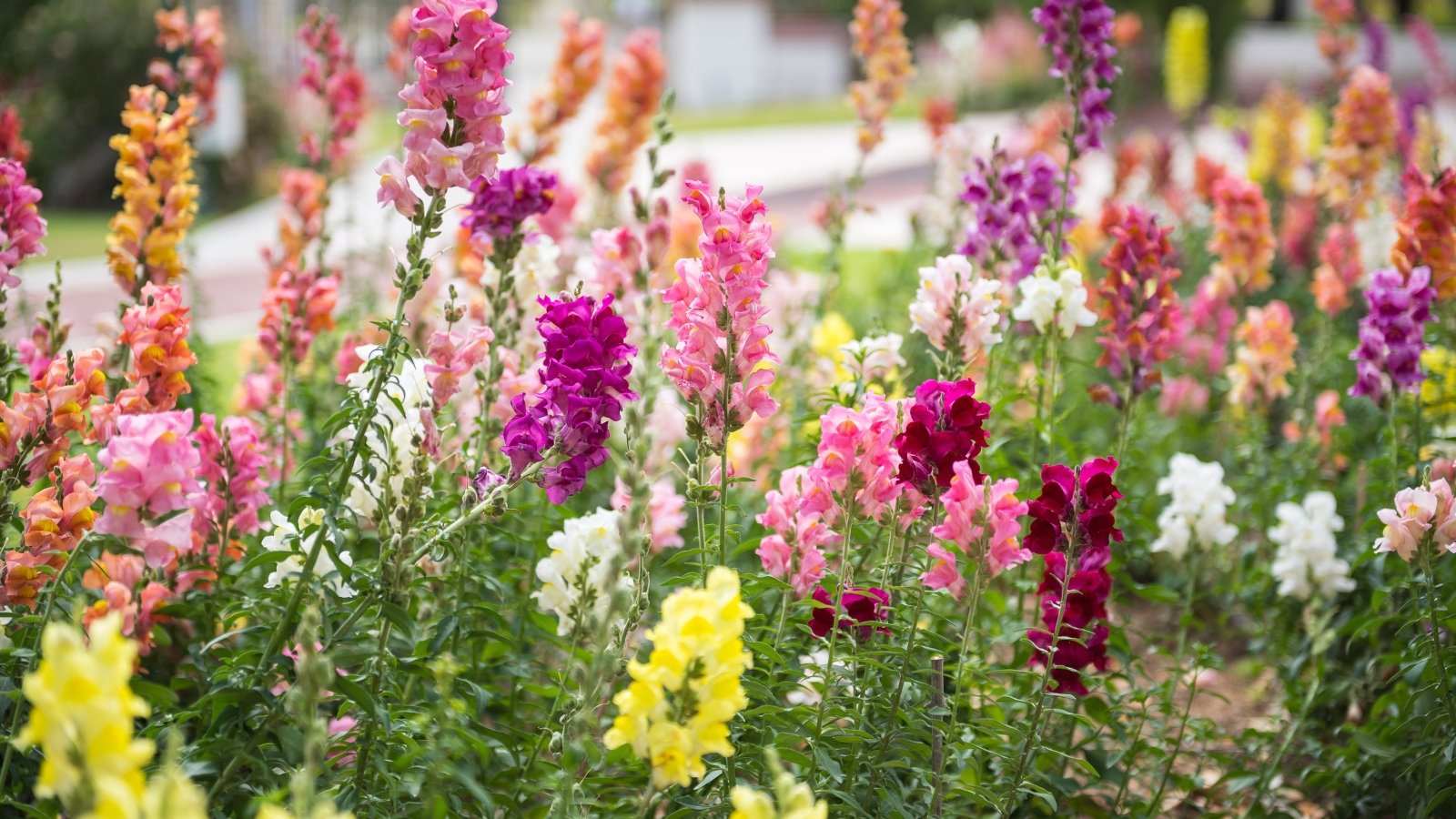 Harvest lower flowers first for lasting cut arrangements.
Harvest lower flowers first for lasting cut arrangements.Tall snapdragons make a big statement in the border and in fresh floral arrangements. The tallest of the bunch may need staking when flowers are heavy on their long stems.
‘Tall Maximum Blend’ is an heirloom variety with bloom spikes up to three feet tall. Large, one-inch flowers line stems in a mix of pink, rose, yellow, and white with yellow centers.
‘Maximum Blend’ lends abundant color in a mass and makes ruffly cut flowers for large arrangements. Harvest them when the lower blooms open and with closed buds on the upper half of the stem.
‘Night and Day’
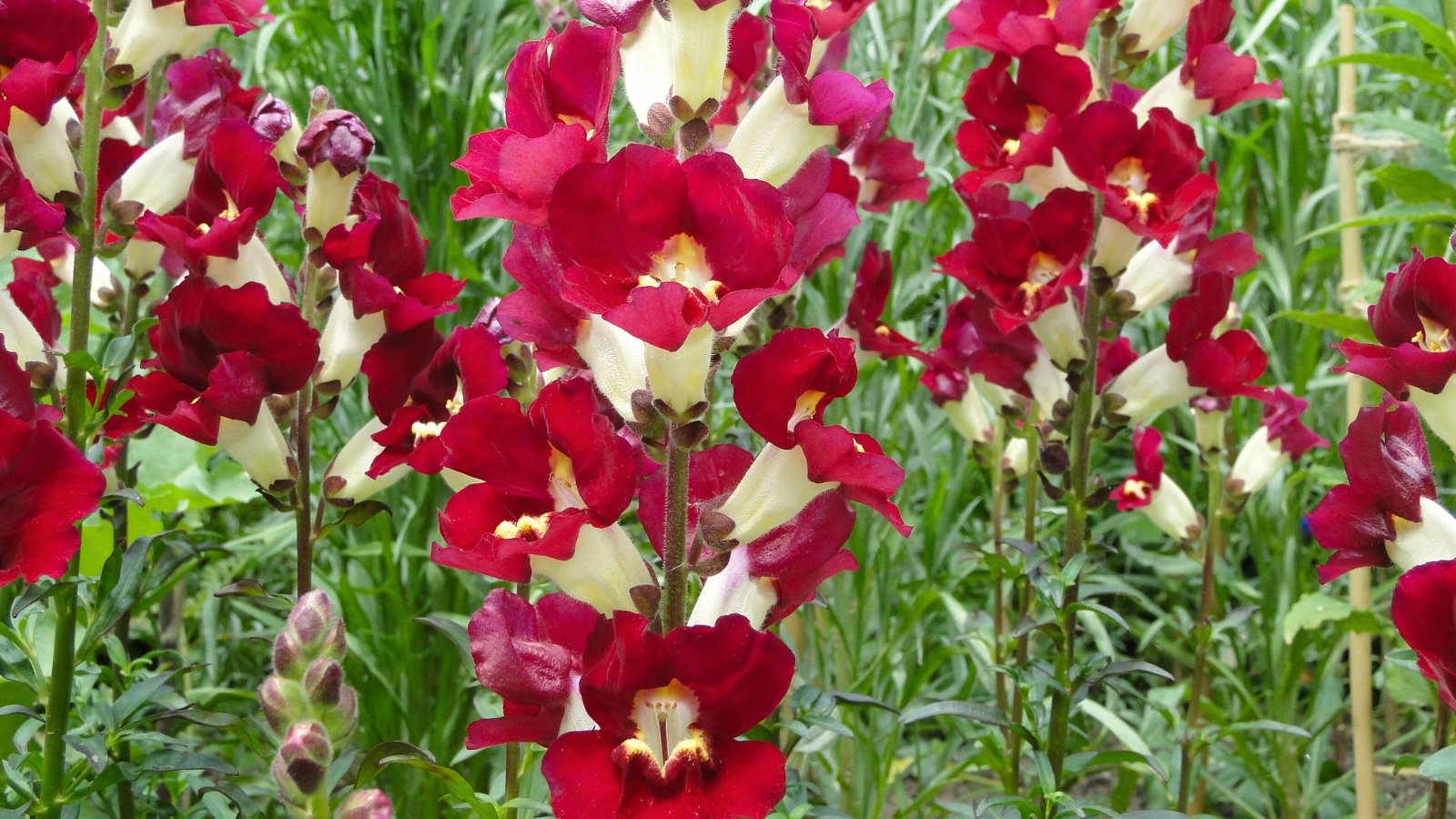 Strong stems carry the heaviest flowers without tipping.
Strong stems carry the heaviest flowers without tipping.Intermediate snapdragons are strong performers with sturdy, upright stems that hold up well in variable conditions. ‘Night and Day’ brings the drama with rich contrasts and a bushy, vigorous habit.
Upper petals are velvety red, with the lower ones in creamy white. The red transitions to deep burgundy, nearly black, with the cool temperatures of fall. Green leaves turn purple-red as temperatures drop.
This bold snap reaches 18 inches tall and is striking as a container specimen or border planting for its seasonal color and interest. ‘Night and Day’ is long-blooming and makes an exceptional cut flower, too. To add to their flair, the flowers have a spicy fragrance.
‘Magic Carpet Blend’
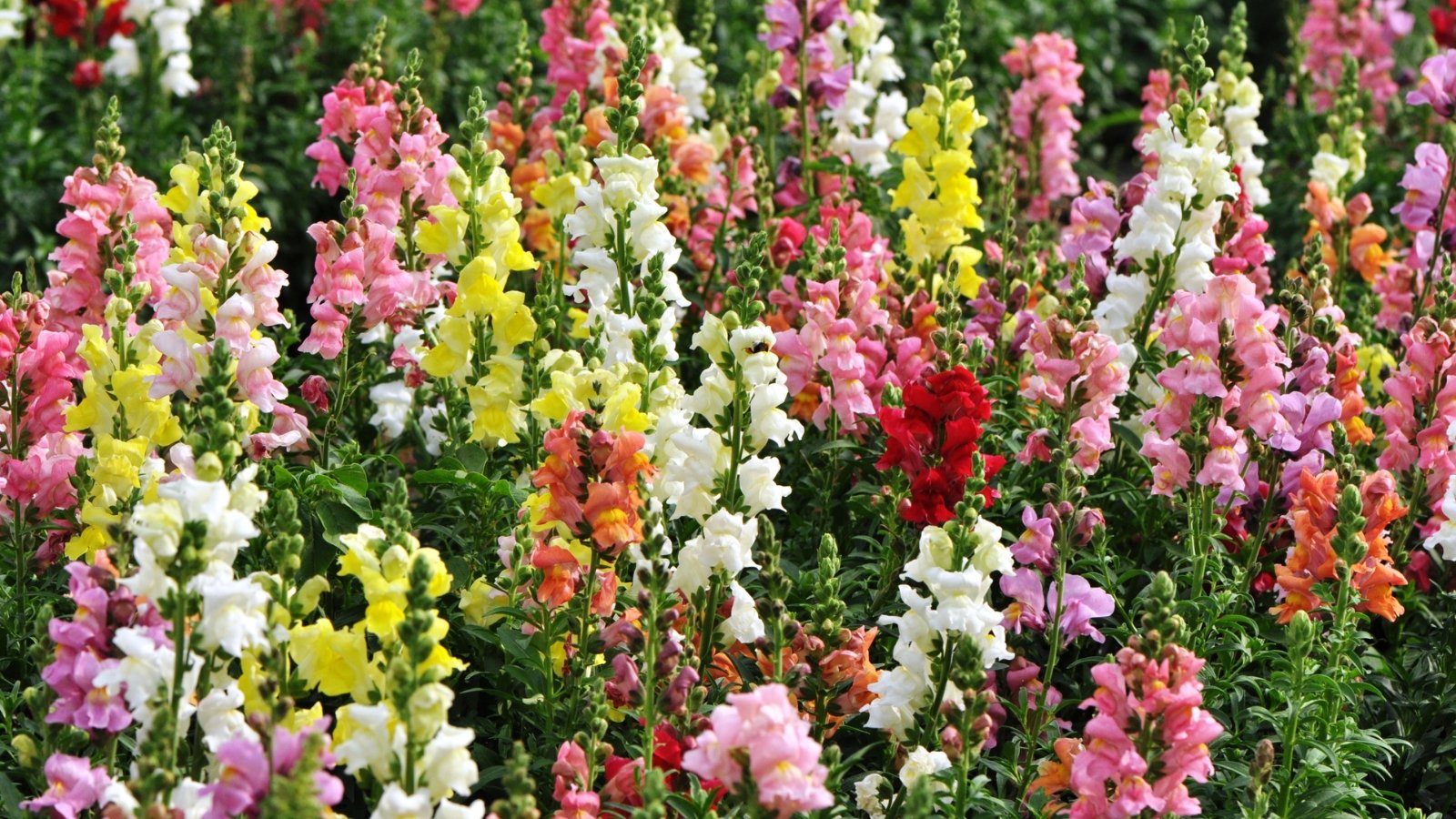 Short stems carry vibrant flowers in small clusters.
Short stems carry vibrant flowers in small clusters.Dwarf snapdragons are bushy and compact, often with side branching for increased flowers. ‘Magic Carpet Blend’ is petite in stature and ideal for borders, walkways, containers, and hanging baskets. Reaching only six to eight inches tall, the low-grower is also pretty in a small vase or bouquet. One-inch colorful blooms pack the short stems.
‘Magic Carpet Blend’ combines red, white, pink, and yellow shades in a complementary mix. With a long bloom season and spreading habit, they do well interplanted with other low-growing annuals as a foreground feature with taller blooms or evergreens as a backdrop.


 1 day ago
4
1 day ago
4
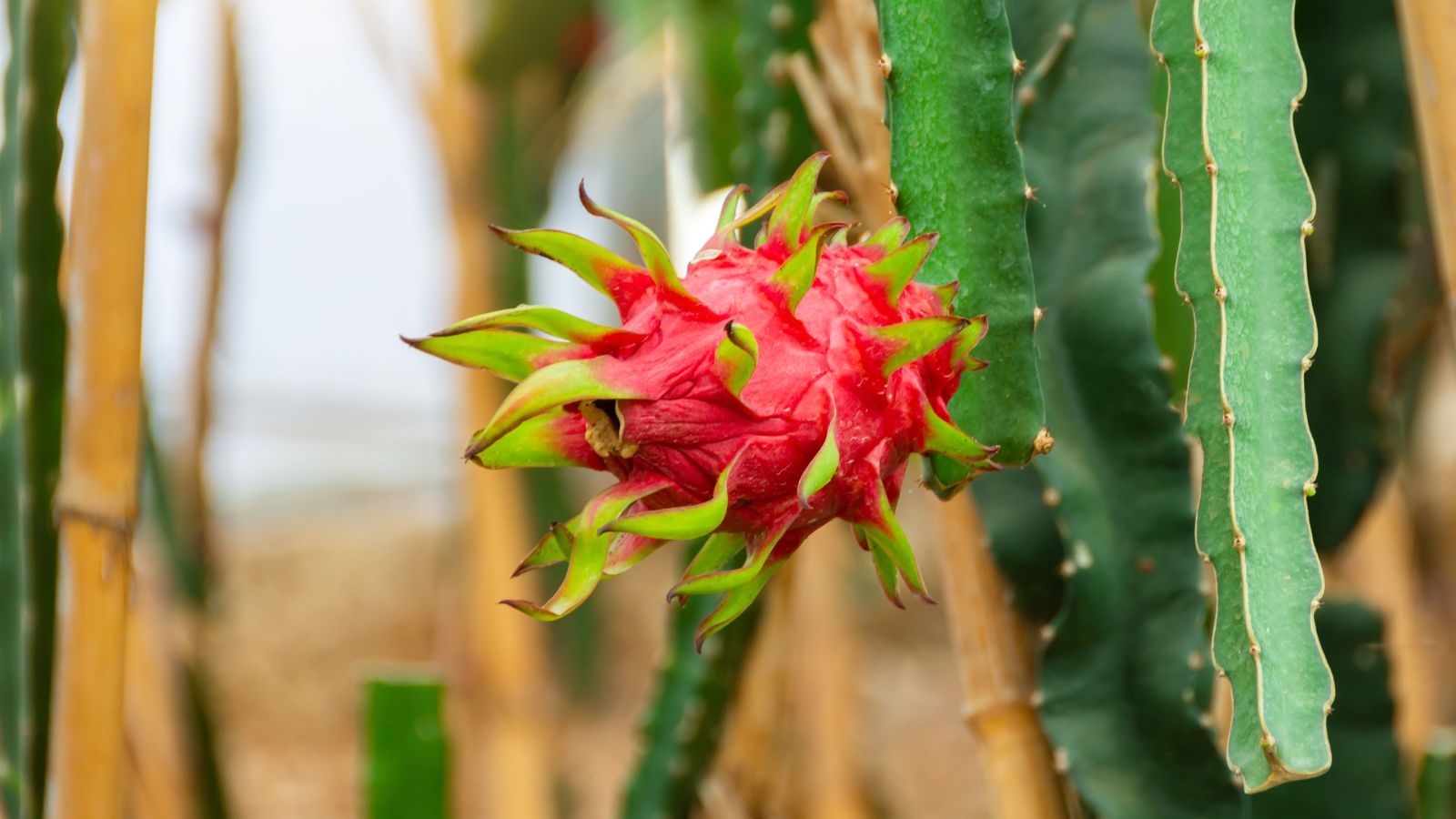
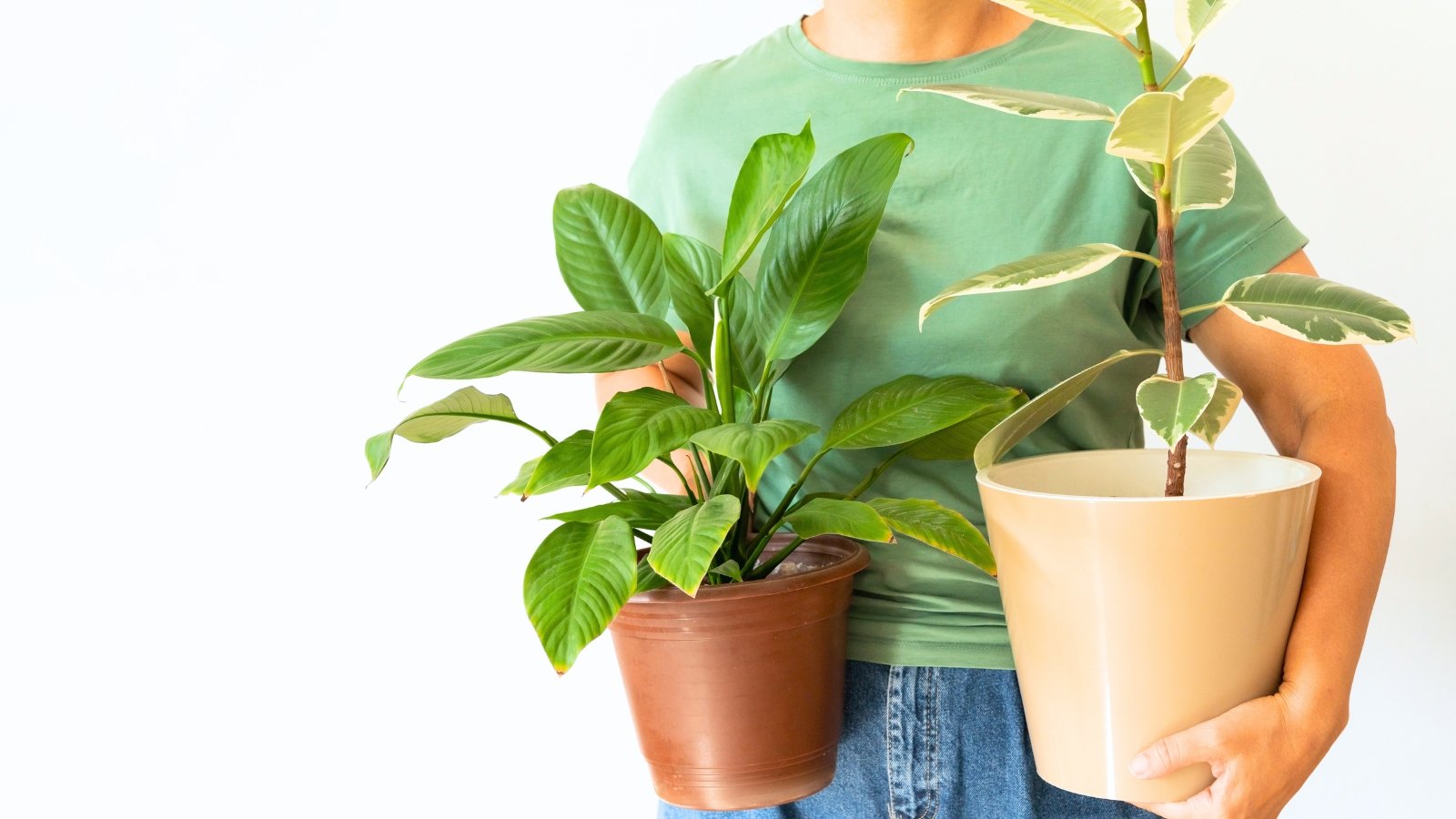
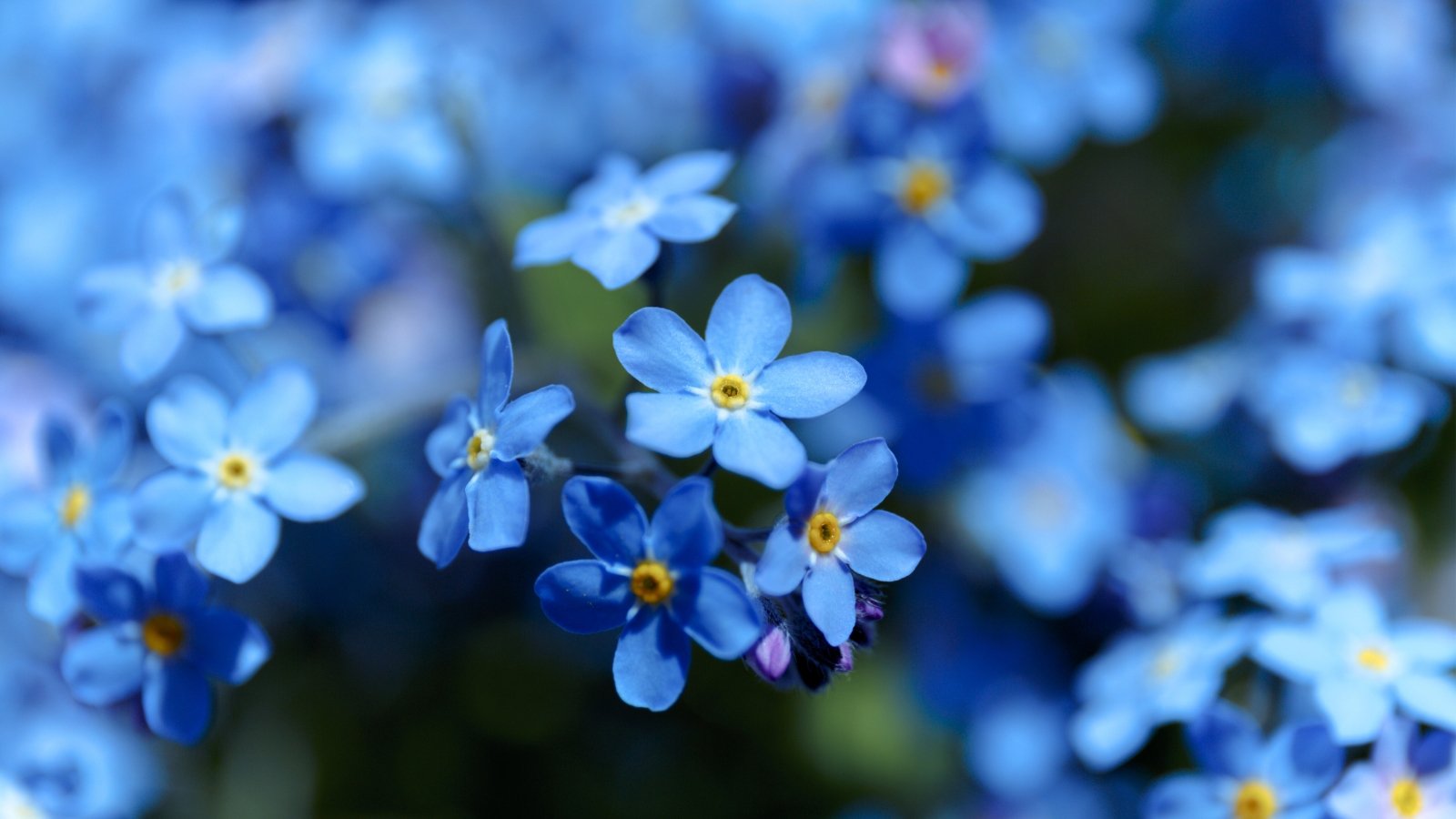
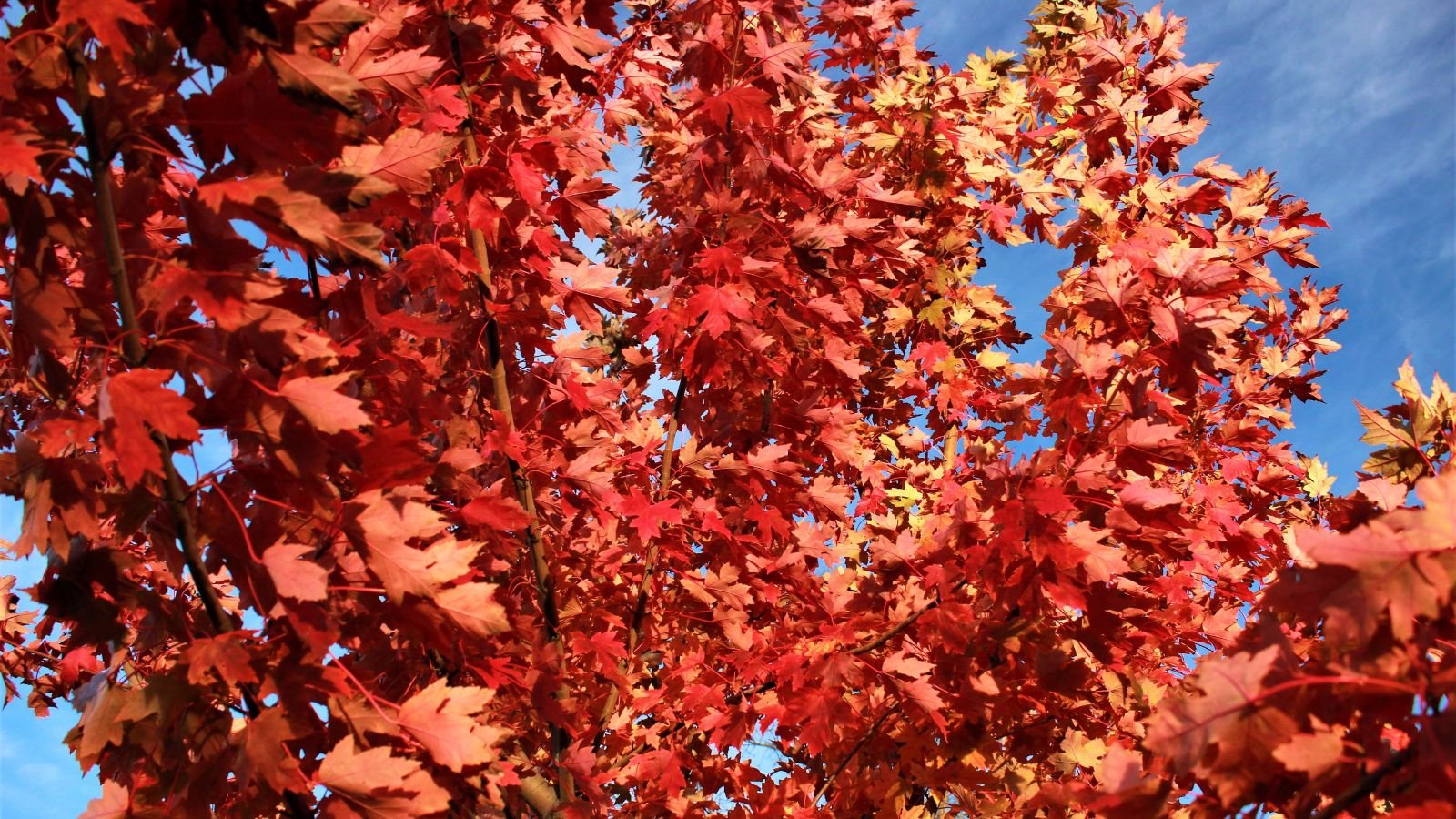
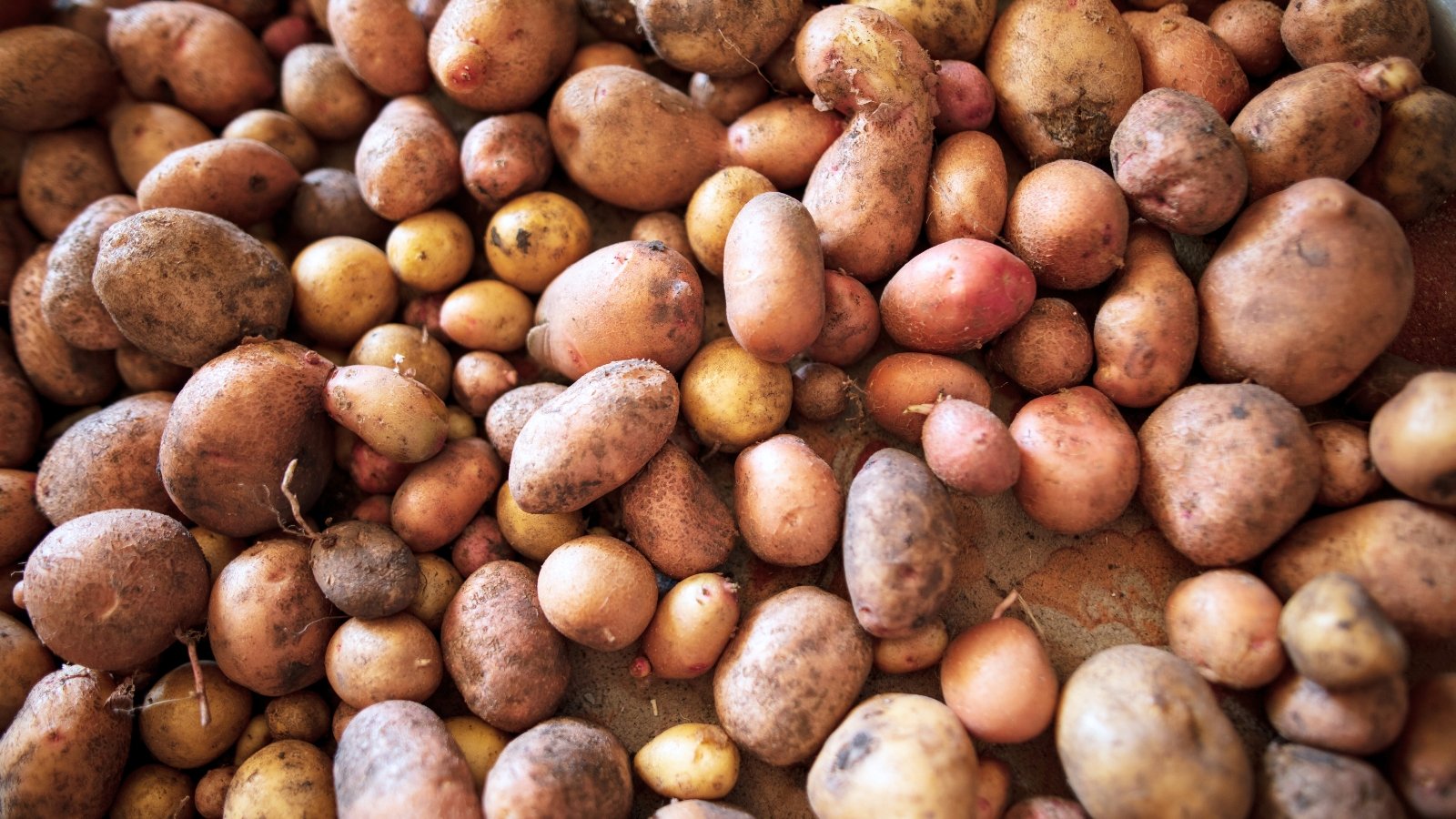
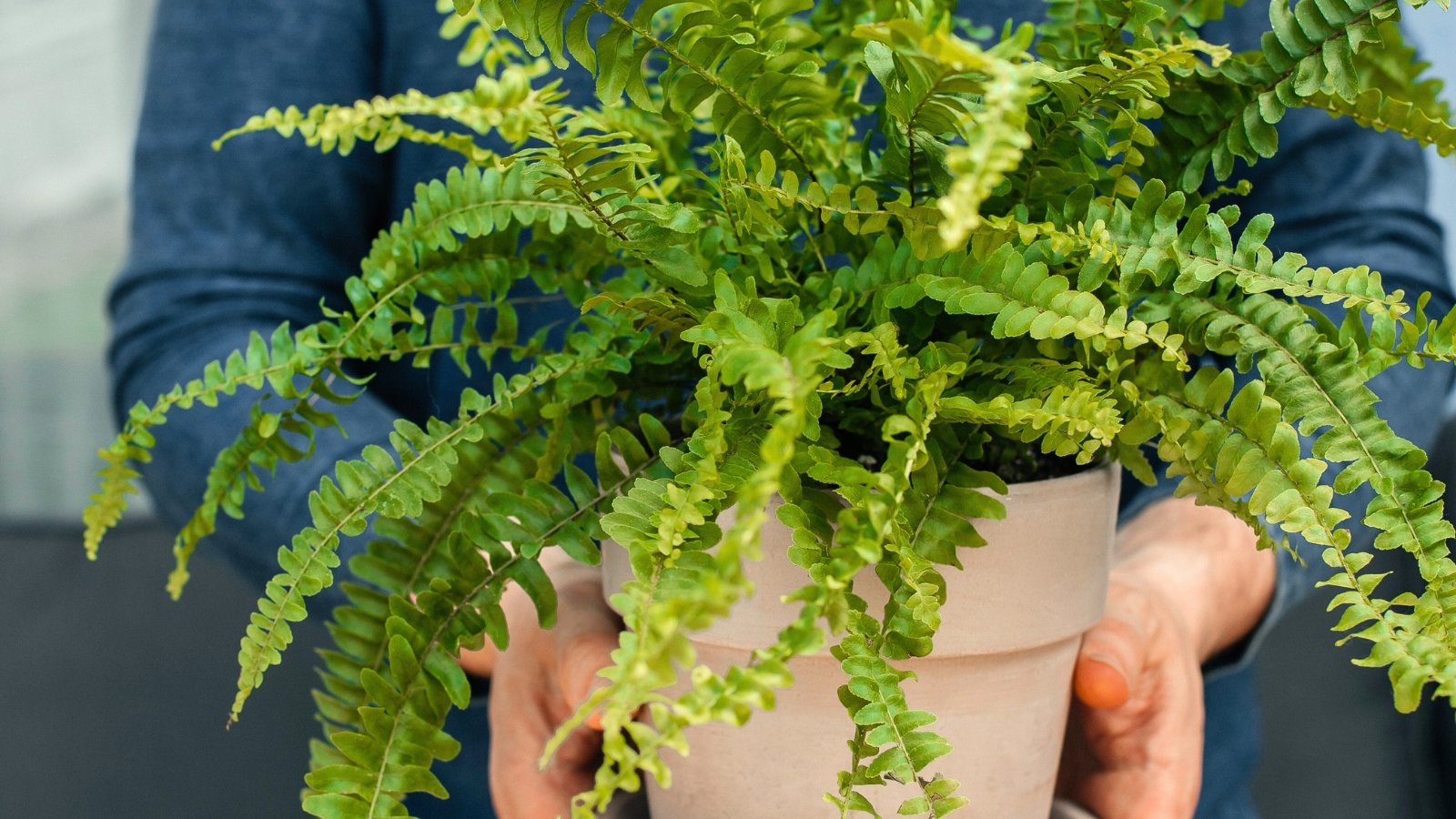
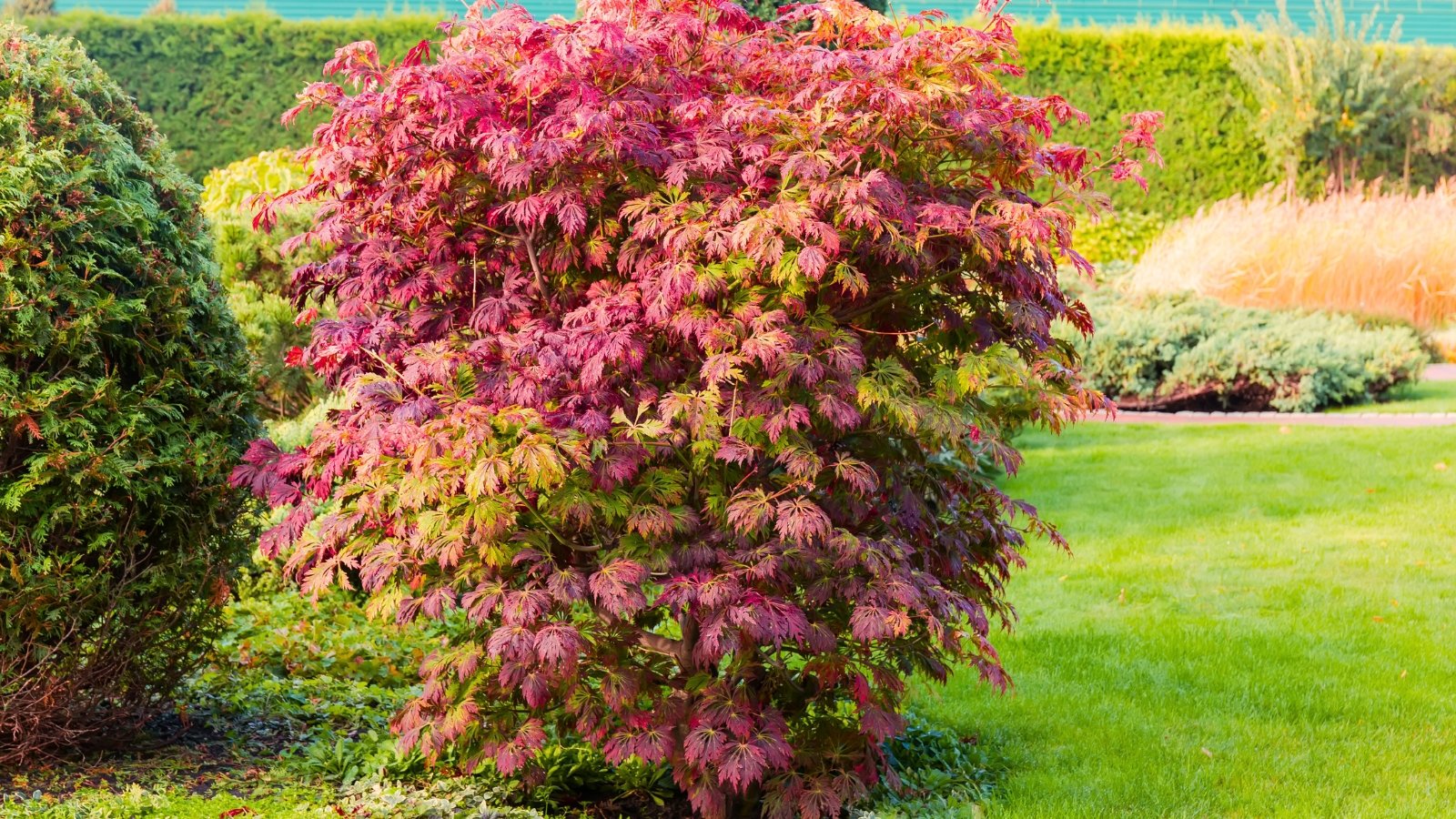














 English (US) ·
English (US) ·  French (CA) ·
French (CA) ·